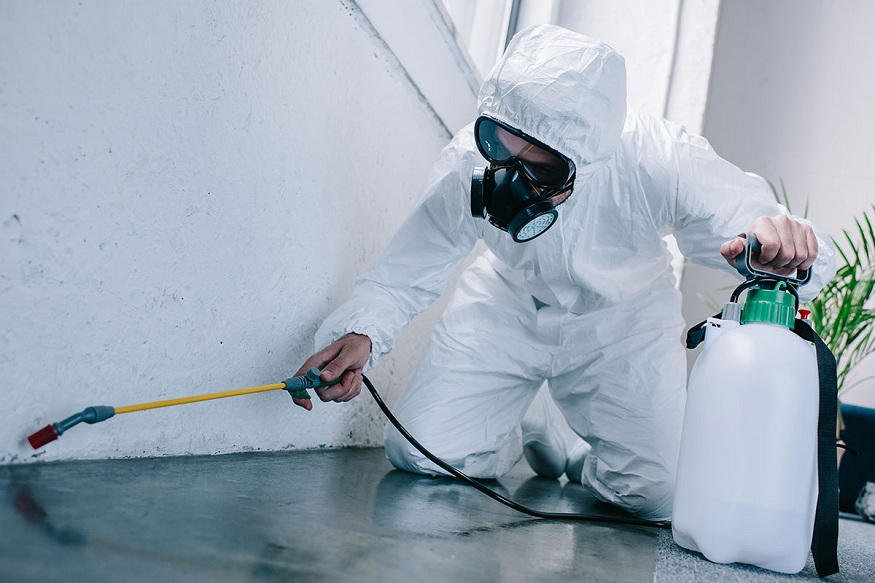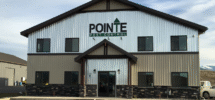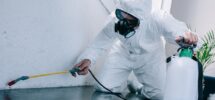
Washington, DC has extreme commercial density, especially in areas like Capitol Hill, Downtown, and Shaw. There are also different types of businesses, including restaurants, office buildings, and retail. These commercial hubs are also pest favorites, considering there is no dearth of food & hiding spots. There are also seasonal concerns, including rodents in winter and ants and flies in warmer months.
If you are a business owner, you should care about pest issues, because beyond regulatory aspects, there is always a reputational risk. Looking for pest control in Washington, DC? You don’t need any random exterminator but a commercial pest control service. Companies like Presto Pest Control promise urgent response times, competitive pricing, flexible scheduling, and custom treatment programs for all small and large companies in Washington. Here are some aspects worth knowing.
Commercial Establishments That Need Regular Pest Control
Some businesses are more prone to pest issues than others. Restaurants and food outlets, for example, are at a greater risk of flies, cockroaches, and rodents. There are also retail stores and malls, where it is typical to find product pests, ants, and mice. Healthcare & medical facilities, on the other hand, have sensitive environments, and ensuring premises are pest-free isn’t a choice. Other businesses at risk include hotels, warehouses, distribution centers, and B&Bs.
Common Commercial Pests in Washington, DC
Rodents are the first pests business owners need to be aware of, especially two species – Norway rats and house mice. Rodents damage properties extensively, contaminate food, and leave behind droppings, which can be risky. Cockroaches, especially German and American roaches, are seen in kitchens and can survive most cleaning measures. Drain flies and fruit flies in food establishments are an equal concern, and so are ants, especially in older commercial properties. Most hotels, apartment buildings, and waiting areas are also susceptible to bed bug infestations. Bed bugs aren’t easily detected and don’t die easily, which makes infestations worse in no time.
Commercial Pest Control Process
Once you call a professional service, they will start with a few basic steps, including:
- Site inspection: This is when technicians come to your property, check the entire site, and identify entry points. They will also mark areas that are at a greater risk of pest infestations.
- Pest Identification & Risk Assessment: The next step is to identify the concern. Just using chemicals and pesticides isn’t effective or enough anymore. Commercial exterminators in Washington, DC, focus on targeted treatments, for which pest identification is critical.
- Proposal & Documentation: Once the findings are ready, the technicians will share an estimate with all details, including products, service frequency, and logs. The treatment plan can include the use of approved products, traps, baits, and gels, depending on the species. They will also try to complete the treatment during off hours, so that your business can run as usual.
- Monitoring & Follow-up: Technicians often leave monitoring devices to check and confirm that there are no pests around.
How Often Do You Need Commercial Pest Control?
The answer isn’t simple. If you have a restaurant or healthcare facility, you may want to schedule inspections once or twice a week. Retail outlets and big warehouses must go through a check each month for early pest signs. Commercial buildings and offices usually need treatments at least twice or more a year. Adjustments are often made on infestations and pest history. For instance, a property or office that has frequent infestations may need more frequent inspections and treatments.
If you are choosing a commercial pest control service in Washington, we recommend that you check their approach. A company that adheres to and follows Integrated Pest Management (IPM) standards is better, because you can counter environmental risks and pest issues at the same time.


